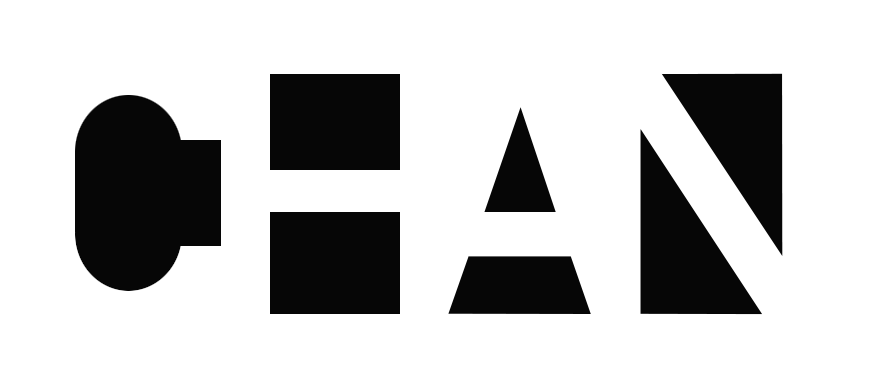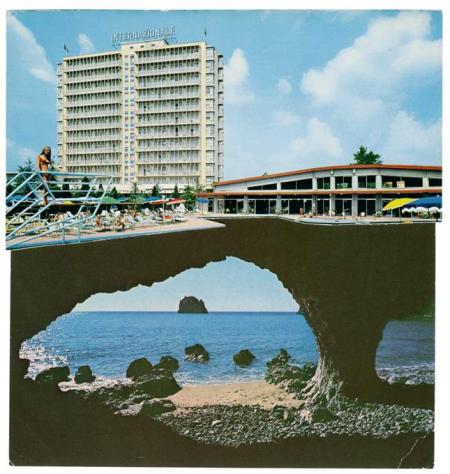Collage di cartoline scompongono e ricompongono l’immagine popolare della città, rivelano quei processi che portano alla creazione di un immaginario comune sedimentato nella coscienza collettiva delle persone. Con la creazione di paesaggi utopici, spazi possibili e non reali, i collage sono una successiva interpretazione delle possibilità proprie di questo tipo di immaginazione.
SPAZI INTERSTIZIALI: paesaggi ibridi e Morphing, architetture mutanti e persone mutanti.
NARRAZIONE: creare una connessione tra passato e futuro, nuove mitologie private, MICRO-STORIE e le loro relazioni col potere politico o sociale.
AMBIGUITA’ nella percezione del reale: la promessa di presentare storie straordinarie attraverso modi di vedere comuni e privati.
MEMORIA E ARCHIVIO: non soltanto rappresentare, ma lavorare su un terreno discorsivo, una conoscenza alternativa e una contro-memoria, un’archeologia e una geografia mentale della vita contemporanea.
“Dal momento che la materia prima del documento è retorica, il praticante deve evolvere costantemente una retorica della retorica per far funzionare i documenti. Ciò richiede una maggiore immaginazione e una sorveglianza sulla relazione tra l’esteriorità di un documento e la soggettività implicita nell’atto di leggerlo in un modo differente dalla norma.”
(Raqs Media Collective, da “First Information Report” 2003)
Collages of postcards, that disassemble and recompose the city’s popular image, reveal those processes that lead to a common imagery grounded in our collective consciousness. By creating utopian landscapes, spaces that are possible and not real, the collages are a subsequent interpretation of the characteristic possibilities of this type of imagination.
INTERSTITIAL SPACES: hybrid and Morphing landscapes, mutant architectures and mutant people.
STORY TELLING: to create connection between past and future, new private mythologies.
MICRO-HISTORIES and their relations with political or social power.
AMBIGUITY in perception of reality: to promise to show extra ordinary stories trough ordinary and private views.
MEMORY and ARCHIVE: not only to represent but also to work through a discursive terrain, an alternative knowledge and counter-memory, an archeology and a mental geography of contemporary life.
“Because the document’s raw material is rhetoric, the practitioner has to constantly evolve a rhetoric of rhetoric to make documents yield. This requires more not less imagination, and a vigilance about the relationship between the externality of a document and the subjectivity implicit in the act of reading it different from the norm”.
(Raqs Media Collective, from “First Information Report” 2003)

